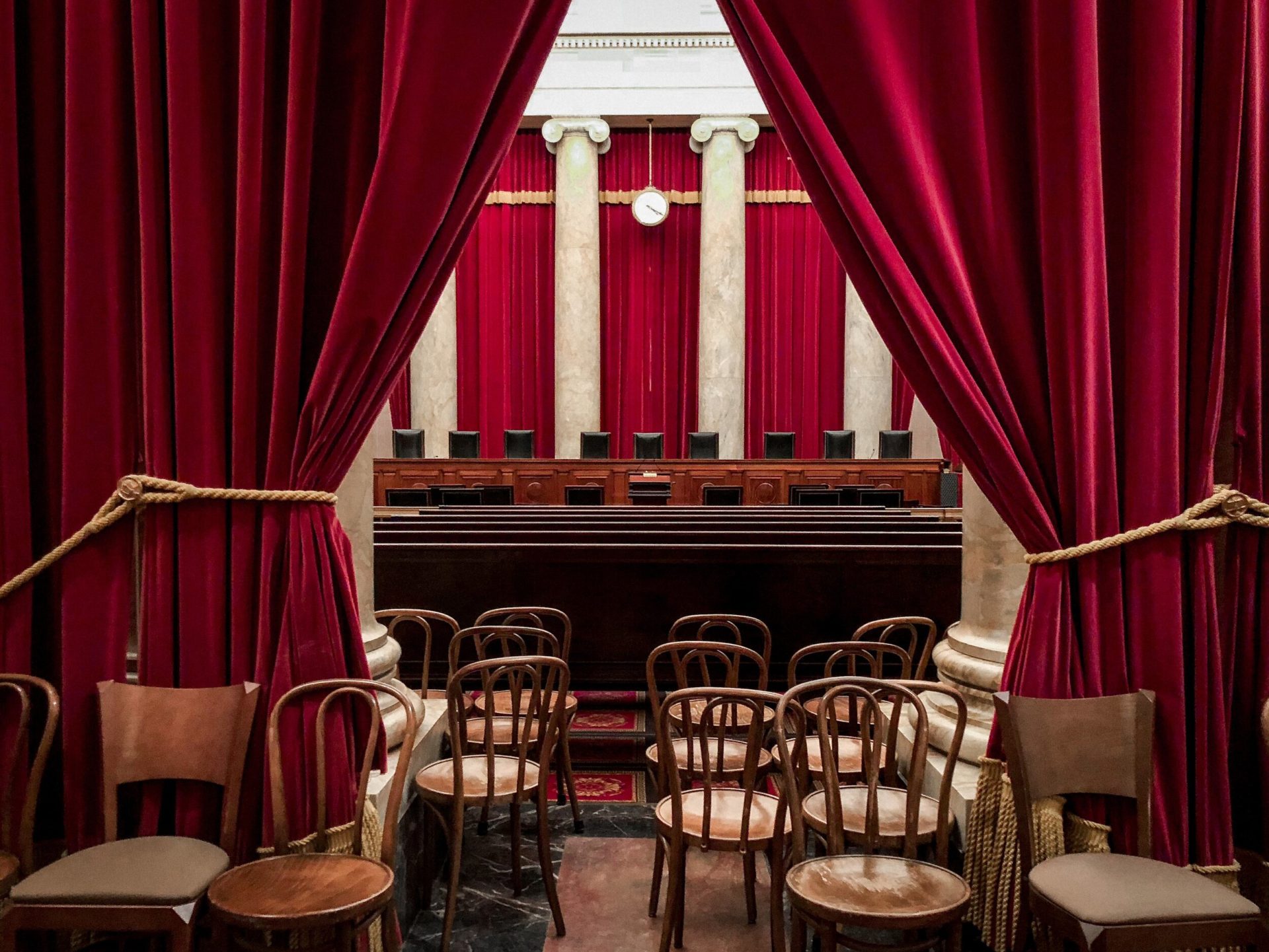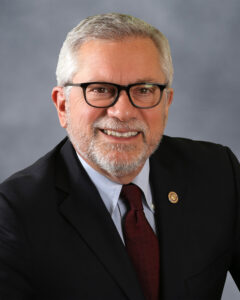
On April 15, 2021, House Judiciary Committee Chairman Jerrold Nadler and Congressional Representatives Hank Johnson, Mondaire Jones, and Senator Edward Markey introduced the Judiciary Act of 2021 to expand the U.S. Supreme Court from nine to thirteen justices. At the time, they claimed that the bill would restore the balance of the nation’s highest court after the GOP delayed the confirmation of Judge Merrick Garland to replace Antonin Scalia in 2016, and rushing through the replacement of Ruth Bader Ginsberg only days prior to the 2020 general election.
On one level the proposed legislation to expand the Supreme Court to thirteen justices might make sense. The decision in 1869 to expand the Supreme Court to nine justices was made in order to cover the additional circuit courts created during the expansion of the American West. The last time a sitting president tried to expand the court was in 1937 when President Franklin D. Roosevelt famously campaigned to increase it by 6 justices; however, the move was shot down by the Senate by a 70-20 vote and gave rise to the phrase “packing the court.” But since then, the number of circuit courts has increased to thirteen, which provides a numerical – even apolitical – explanation for expanding the court yet again.
Today, while Republicans are accusing the Democrats of attempting to “pack” the highest court in the land, they themselves have packed the Supreme Court by breaking norms and manipulating the process for confirming Supreme Court justices to serve their own political agenda. There is currently a 6-3 conservative majority on the Supreme Court, and two of the most recent Trump-appointed justices came off the coattails of questionable political maneuvering. There is a strong argument to be made that packing the court would right these wrongs.
However, if President Biden were to appoint four more justices – thus expanding the Supreme Court to 13 – it would only further politicize the process and further damage the Court’s standing in the eyes of the American people.
And if public polling still means anything, 53% of Americans oppose the expansion to 13 justices, and only 32% support it, according to a Rasmussen poll taken in mid-April. Other polls yielded similar results.
Nevertheless, there is a wrong that should be righted. A significant majority of Americans opposed the replacement of Ruth Bader Ginsberg prior to the 2020 election. Similarly, in polls conducted in February and March 2016, a majority of Americans agreed that the Senate should have taken up Barack Obama’s nominee, Merrick Garland, to replace Antonin Scalia – who was a widely respected moderate. Both times the will of many Americans was ignored.
It’s also worth noting that four of the nine current Supreme Court Justices were appointed by presidents who lost the popular vote – George W. Bush and Donald Trump.
The current Supreme Court does not fairly represent the ideological orientation of American citizens. According to the most recent Gallup poll published in January, 36% of Americans describe their political views as conservative, 35% identify as moderate and 25% identify as liberal. While there has been an increase in the number of Americans who identify as liberal, and a corresponding decrease in those who identify as conservative, those who identify as moderates have remained stable. America’s ideological orientation has not changed over the past 30 years since Gallup began taking the poll. Despite the rise in polarization and hatred for “the other side,” the United States has remained a moderate society. Most Americans agree on most issues.
As such, while the current composition of the Supreme Court does not fairly represent the ideological orientation of American society, neither would a packed Supreme Court comprised of seven liberal and six conservative justices.
Perhaps a more sensible solution might be to add two additional justices to the Supreme Court. The expected outcome would be seven conservative and six liberal justices. This would “right the two wrongs” of the Republican-led Senate’s stalling for a full year to replace Antonin Scalia, and ramrodding Donald Trump’s nominee to replace Justice Ginsberg through the Senate just days before the 2020 election – both in defiance of the public will. The result would be a Supreme Court that is more representative of the ideological orientations of the American people.
Simply correcting the wrongs does not provide a permanent solution to balancing the Supreme Court so it is more representative of Americans’ ideological beliefs. Sadly, the highly polarized and partisan environment we live in is not likely to change soon. It may even get worse. Therefore, the process of appointing Supreme Court justices, and perhaps even lower court justices, should be changed to force a more bipartisan consensus.
A way to force consensus is to require sixty, or perhaps even two-thirds of the Senate to confirm judicial candidates. This way candidates will require a bipartisan endorsement to be confirmed. The long-term impact should be a more moderate Supreme Court that considers and balances all perspectives when interpreting the Constitution on issues that most impact the everyday lives of Americans including health care, women’s reproductive rights, immigration, environmental, racial and social justice.
If the Democratic-led Congress is serious about introducing and passing meaningful and enduring legislation, it should consider modifying the Judicial Act of 2021 to better align with American’s moderately conservative political orientation today, and address the process of confirming Supreme Court justices to assure bipartisan consensus and “de-politicization” of the highest court in the land for future generations. They might even get a few Republicans in the Senate to support it.
Rich Zacaroli
Rich Zacaroli had a long and distinguished career in the private sector, and has served for over 30 years on numerous boards of non-governmental organizations in the education, cultural exchange, community development, and banking sectors. He is chair of the board of directors of Greenheart International. He is a member of Rotary International, a Paul Harris Fellow, past-president of the Rotary Club of South Sacramento, Rotary District 5180 Global Grant Scholarship Chair, and serves on the Pastoral Council for the Cathedral of the Blessed Sacrament in Sacramento.







